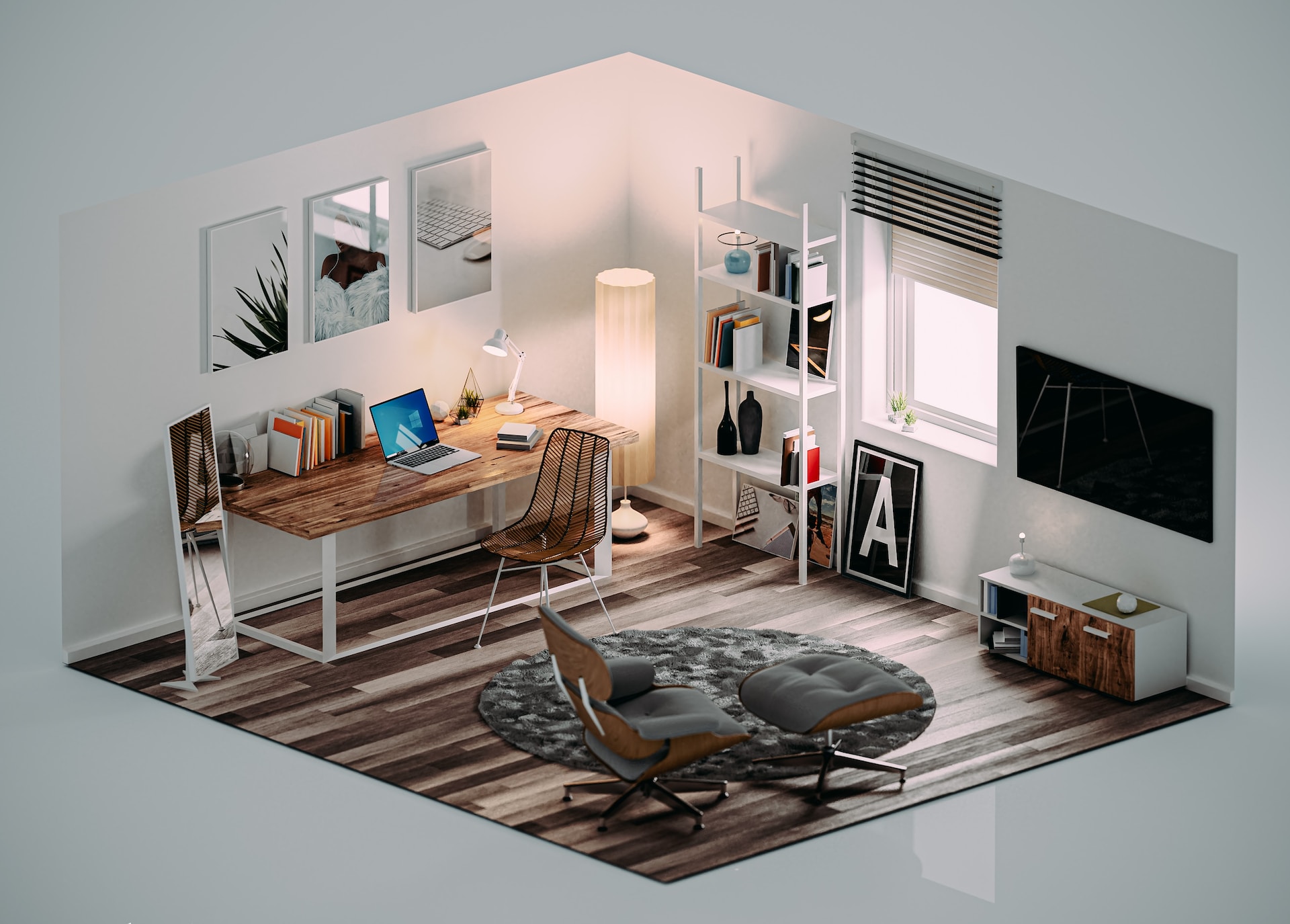
When embarking on the journey of interior design, you may find yourself overwhelmed with choices and possibilities. However, with a systematic approach, you can transform your space into a harmonious and aesthetically pleasing environment.
Start by envisioning the overall ambiance and style you desire for your space. Ask yourself questions about your preferences and the purpose of each room. Are you seeking a modern, minimalist look, or do you prefer a cozy, rustic feel? Consider factors such as color schemes, furniture styles, and lighting preferences.
Inspiration can come from various sources such as magazines, interior design websites, social media platforms, or nature. Collect images, colors, textures, and patterns that resonate with your vision. Create a mood board to organize and visually represent your inspiration.
Accurate measurements are crucial for visualizing the design effectively. Measure the dimensions of each room, including windows, doors, and any existing furniture or fixtures. Create a floor plan manually or use design software to sketch the layout and better understand the available space.
Identify the focal points in each room. These are elements that naturally draw attention and anchor the design. It could be a stunning fireplace, a large window with a scenic view, or a piece of artwork. Align your furniture and other design elements to enhance these focal points and create a cohesive look.
Selecting the right color palette sets the tone for your interior design. Consider the psychology of colors and how they can affect mood and perception. Opt for a complementary or analogous color scheme that matches your desired ambiance. Keep in mind the lighting conditions of the room, as colors may appear different under various lighting sources.
Investigate furniture and layout options that suit your vision and available space. Focus on functionality, as well as aesthetics. Choose pieces that reflect your style and adequately accommodate the room’s purpose. Experiment with different furniture arrangements on your floor plan to find the optimal layout.
Textures and fabrics add depth and character to an interior design. Mix and match various textures, such as wood, metal, glass, and fabric, to create visual interest. Choose fabrics for upholstery, curtains, and cushions that complement the color palette and overall style.
Lighting is a crucial element in any interior design. It sets the ambiance and enhances the overall atmosphere. Combine natural and artificial lighting to create a layered and adaptable lighting scheme. Use accent lighting to highlight specific features or artwork, and ensure each room has sufficient task lighting for practical purposes.
Once you’ve visualized your interior design, take a step back and review the entire plan. Make adjustments and refinements as needed, keeping your initial vision in mind. Seek feedback from friends or family to gain fresh perspectives.
To bring your interior design visualization to life, consider utilizing 3D assets. With the help of 3D models and visualizations, you can gain a more realistic and immersive understanding of how your design concepts will look in the actual space. This technology allows you to make informed decisions, experiment with different options, and fine-tune your design before any physical changes take place.
Main photo: Amr Taha™/unsplash.com
Sponsored text